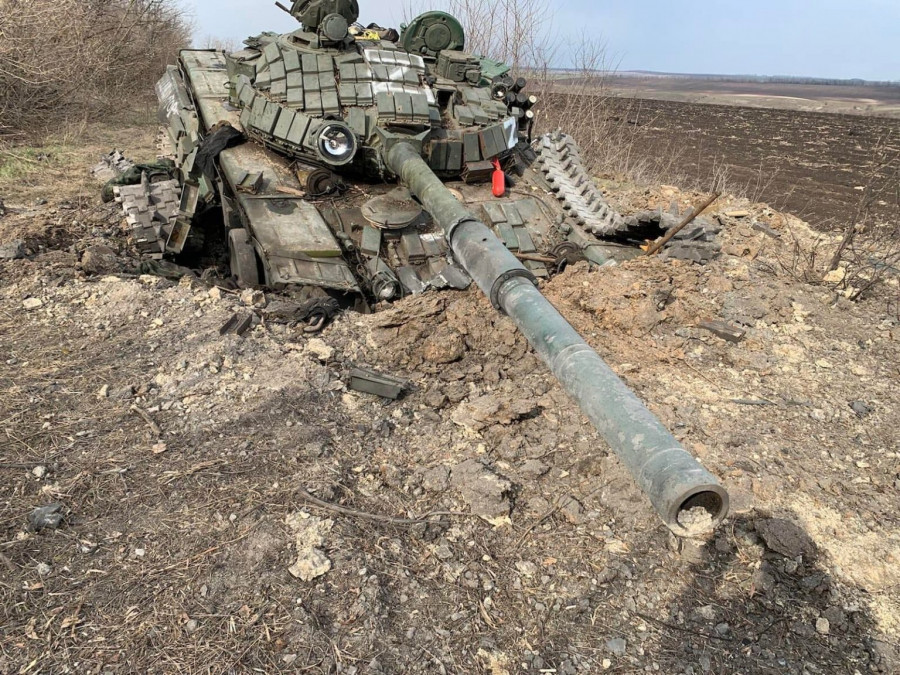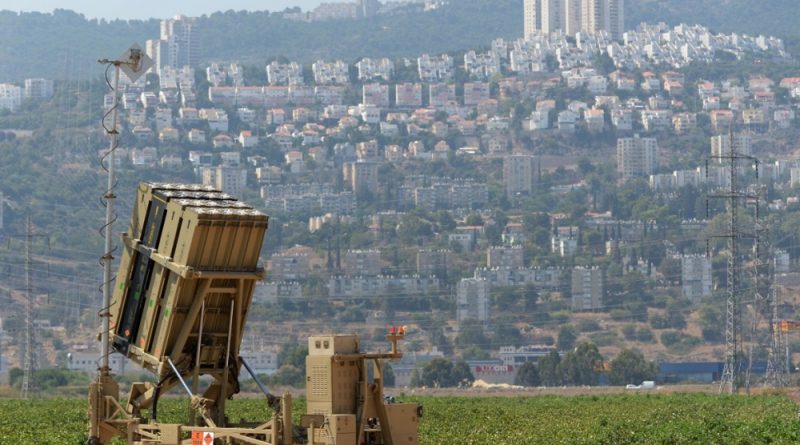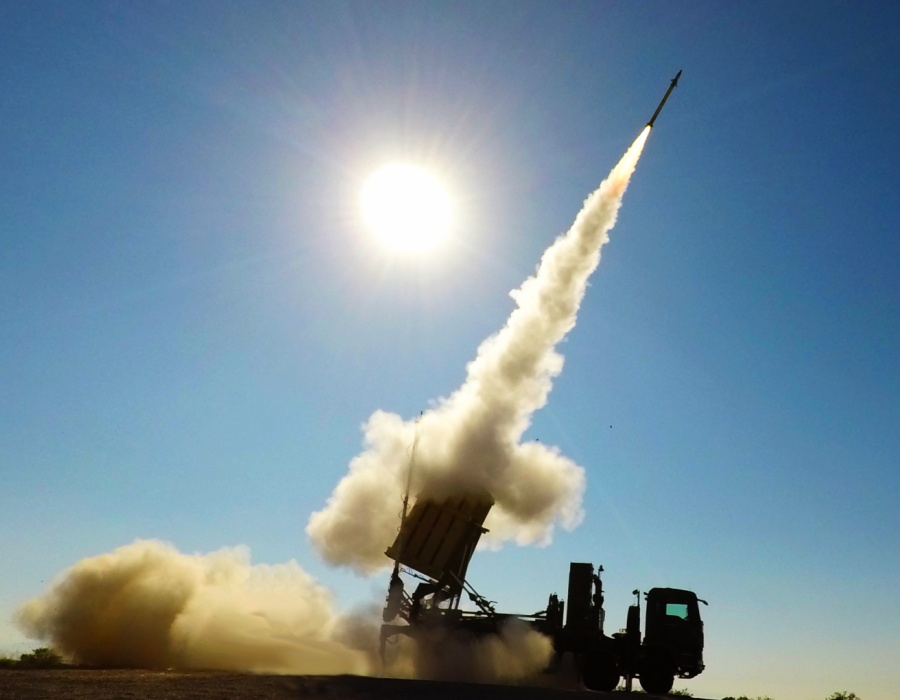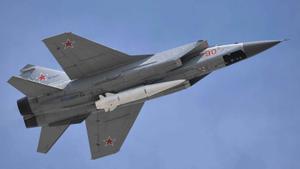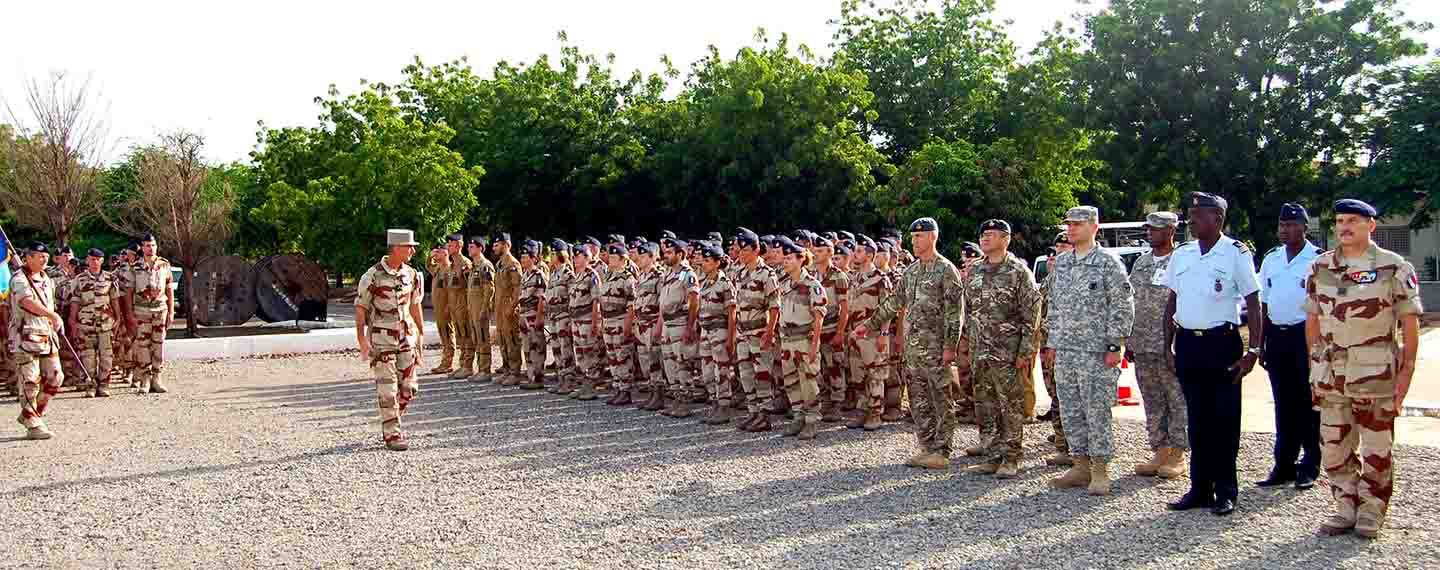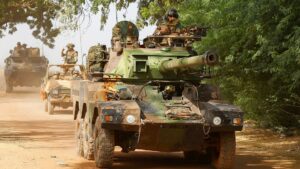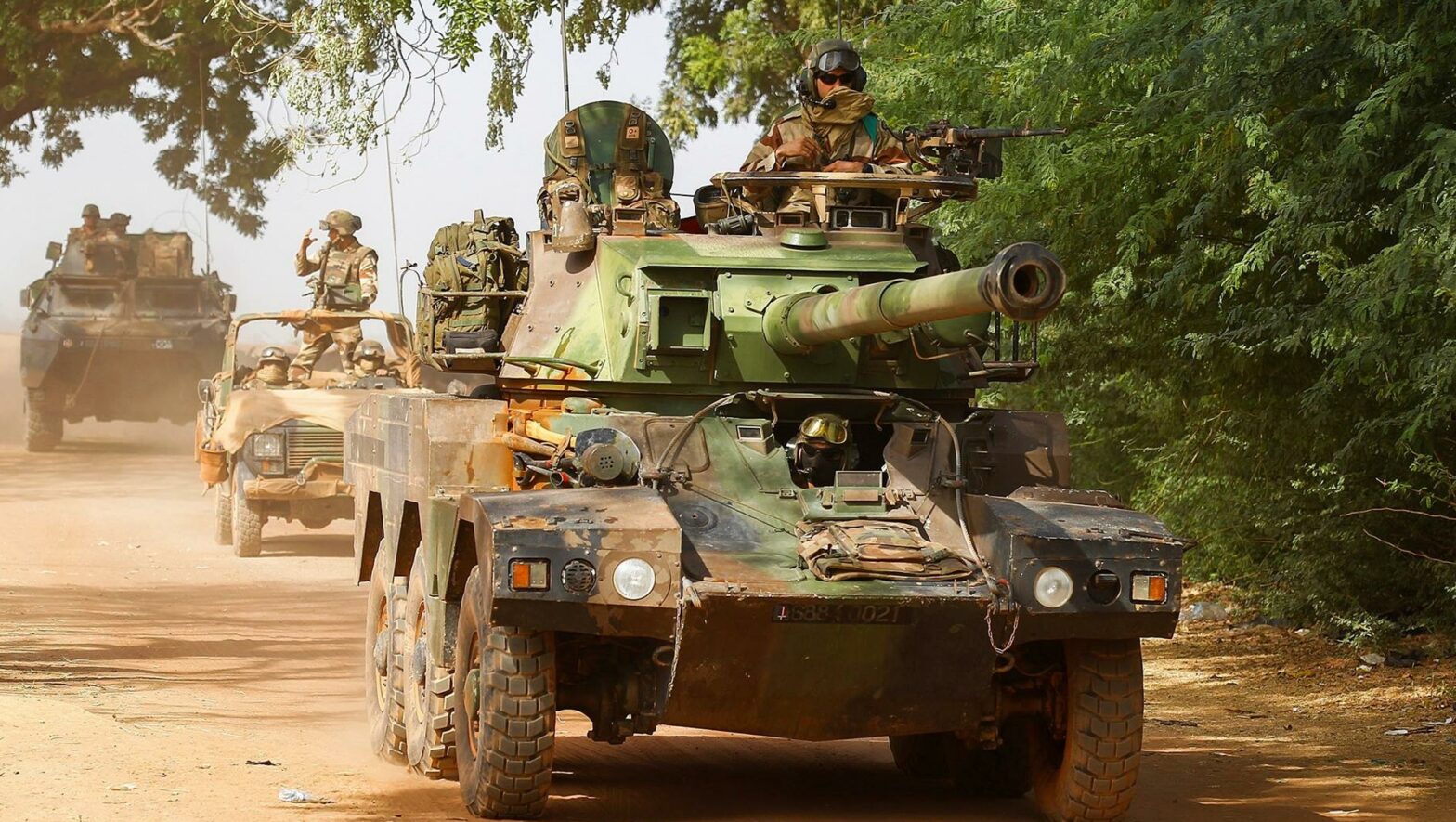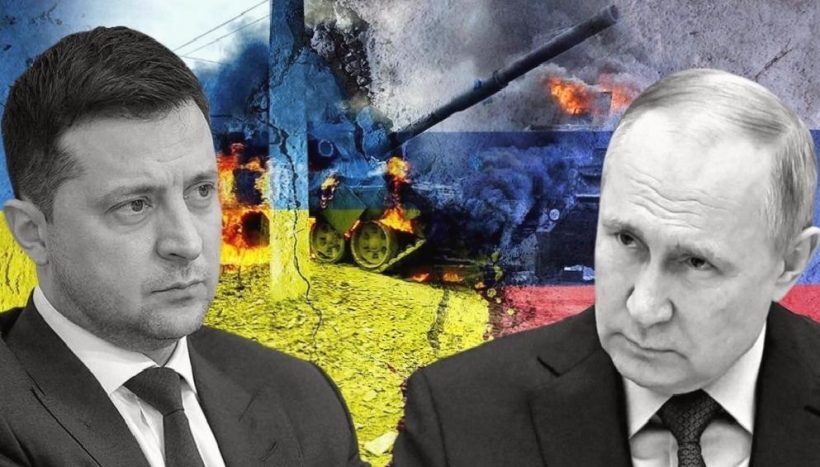Montuno
...como el Son...
I am concerned right now, more than a nuclear escalation with what it could mean, the use of chemical weapons or/and that Russia will be smart enough to revive an old conventional conflict far from its borders, but with land border with the EU, and involving the main alternative source of gas and phosphates for the EU versus Russian, what a new "War of the Sands" would look like, right now?
This "reassuring" article of December 29, 2021, requires a new, and very disturbing, re-reading, in view of Putin's invasion of Ukraine:
Opinion
Peter Channels

Wed, 12/29/2021 - 06:00
Morocco and Algeria: will there be war in 2022?

The foreign chancelleries present in the two capitals of the central Maghreb, Rabat and Algiers , are insistently questioning the possibility of a war between Algeria and Morocco that according to some would break out in 2022.
The accumulation of crisis factors between the two countries, the arms race in which they are involved, and the contradictory and largely antagonistic interests of both, raises concern and fear of a possible large-scale armed conflict in North Africa.
However, the war hypothesis seems excluded, despite the alarms raised, fueled in large part by the powerful international lobbyists of the arms market.
To fully understand what is at stake, it is worth reflecting on several points :
- First of all, for there to be a war, there have to be two opposing camps, alone as countries or in coalition with other allies. In the case of the Maghreb, both parties have made it known through "sources close to power" - the Moroccan Royal Palace and the Algerian Armed Forces - that they do not want war, "but if it is inevitable, they say, they are prepared". However, the “sources” are anonymous, which leaves room for some uncertainty. No official source adopts a clear position on the military crusade, neither for nor against.
- Secondly, in order to reach a military confrontation, there are various phases that must be passed through. Only the last of them entails the unleashing of hostilities, because once the war machines are set in motion, going back becomes very difficult, if not impossible.
- Some of these steps prior to the armed conflict have already been completed: rupture of diplomatic relations; total cooling of economic and trade relations; annulment of contracts of joint ventures that operated in both countries;suspension of the bilateral contract for the common use of the Maghreb-Europe Gas Pipeline linking Algeria-Morocco-Spain and Portugal; ban on Moroccan civil and military flights over Algerian airspace; cancellation of international meetings of a multilateral nature in which both countries could be present (absence of the Moroccan and Algerian ministers at the meeting of the Union for the Mediterranean in Barcelona; suspension of the meeting in Marrakesh Russia-Arab World, in which the Algerian minister was invited; harsh dialectical clashes between the two diplomacies in various United Nations forums).
- In any case, and despite the fact that the bridges are being broken one by one in bilateral relations, the strategic interests of both countries do not collide at the moment. Each of them has their own plan that is working and is not hindered by the rival.
- In order for a bilateral military confrontation to occur, different guidelines must be reached :
o War is the last instrument for defending the country's strategic interests, which include national security and the projection of the country as an actor on an international scale. But before this last step, there are others through which Algeria or Morocco defend their vital interests. Morocco maintains its program of strategic alliances and its projection on the five continents intact. Algeria does the same, and the talks with its allies that mostly revolve around the question of Western Sahara, as well as the negotiations with the countries focused on the sale of hydrocarbons, gas and oil, are not affected at all. for the crisis with Morocco.
o The impossibility of international mediation succeeding. Different allied capitals of both countries are trying: Washington, Moscow, Paris, Beijing, Djeddah, Abu Dhabi. Until now no mediation has been successful, but both capitals do not close the doors to mediators. Although Rabat maintains a more open and dialoguing posture than its neighbor Algiers, the mediations are stalled.
o The accumulation of war material must reach a level where victory over the enemy is conceivable. In case of equilibrium, as is the case today, neither of them will dare to make the first move. Until now, and despite the magnitude of the annual arms acquisition, which ranges between 6.5% of GDP for Morocco, and no less than 10% of GDP for Algeria, these enormous arsenals are not solely intended to confront the other , but are part of the geo-political rivalry between the two countries in North Africa and the Western Mediterranean. The military Doctrine in both countries is based on the consideration that “to have weight on the international geopolitical scene , we must have modern and quality Armed Forces”.
o On the other hand, given the geographical, historical and socio-political considerations that prevail in each of the two countries, the invasion of the adversary's territory by ground troops is excluded. Neither Army is in a position to sustain a ground incursion into the other for long, barring small incursions into the border area . The military conflict, if it occurs, would be limited to the use of the navy, aviation or land defense, to attack the enemy's positions from a distance.
o Neither country has a fifth column inside the enemy. Despite the fact that important sectors of public opinion and political formations are against the unleashing of hostilities, in the event of a conflict it is foreseeable that "patriotic unity for the defense of the country" will take place.
o The media campaigns that are being carried out in both countries, loaded with accusations and insults, are due more to the need to divert public opinion's attention from the real internal problems that exist in each one of them , caused by the effects of the pandemic, the growing socio-economic difficulties or the mismanagement of the economy, one hundred percent dependent on oil in the Algerian case, and on tourism and agriculture, in the Moroccan.
o The legal limbo in terms of international legality, in which the Western Sahara conflict finds itself, is not the cause of the crisis between Morocco and Algeria, although it is an aggravating factor. In previous times, for example, during the so-called War of the Sands in 1963, the armed confrontations in 1976, and in the 1980s in the midst of an armed confrontation between the Moroccan Armed Forces and the Polisario Front guerrillas, which caused thousands of deaths, injuries and prisoners, diplomatic relations between Algeria and Morocco were maintained. For foreign chancelleries, there are no compelling reasons for the unilateral rupture of diplomatic relations decreed by Algiers on August 24.. None of Algeria's traditional allies, neither on the African continent, nor in the Arab world, nor on a global scale, such as Russia, China, Cuba, South Africa, Syria or Palestine among them, has given its support to this rupture. All leading international actors call on both countries to peacefully resolve the crisis, including in it the pragmatic and definitive political solution of the situation in Western Sahara based on the proposal for advanced autonomy of the region under international guarantees.
Related content
The incessant Morocco-Algeria crisis ends up splashing Spain in 2021
Morocco and Algeria are involved in an arms race in the face of rising tensions
https://atalayar.com/blog/marruecos-...guerra-en-2022
If several of the conditions that this excellent article has already fulfilled, and even others that have not been considered, such as the radical turn to the side of Morocco by the president of the current Spanish government changing the traditional alliance with the Saharawi Arab Democratic Republic and Algeria (as opposed to the Morocco-Mauritania-France-Israel-USA pole), were necessary for an escalation of the war throughout the Maghreb, namely: withdrawal of ambassadors between Algeria and Morocco (it has even happened between Algeria and SADR with Spain), Algeria cutting off gas to Morocco (fact; right now Spain supplies all the gas to Morocco, otherwise Morocco would have a very serious problem), rearmament and military maneuvers on the border (fact, even whith Russians and USA troops), reactivation of a Russia/US conflict that will drag Morocco even more to the US side (fact; war Russia/Ukranie) and Algeria to Russia's side (the latter, reinforced by the Spanish "abandonment" and turn).
The deaths in border military incidents were missing...: these disturbing events are taking place right now:
A Moroccan bombardment against an Algerian convoy leaves several injured
The attack occurred around 5:00 local time (6:00 GMT) in the Ain Ben Tili region, in the extreme north of Mauritania, just a hundred meters from Saharawi territory and among the wounded there are Algerians and Saharawis.
NEWSUPDATED 04/10/2022 AT 19:29
- EFE

The attack occurred just a hundred meters from Saharawi territory.
pixabay
A Moroccan bombardment against an Algerian truck convoy left several civilians injured this Sunday , in the second such attack in five months, a specialized Algerian security source confirmed to Efe.
The bombardment occurred around 5:00 local time (6:00 GMT) in the Ain Ben Tili region, in the extreme north of Mauritania, just a hundred meters from Saharawi territory and among the wounded there are Algerians and Saharawis, added Akram Jarief, director of the "Mena Defense" security observatory.
"The place of the bombardment is less than a kilometer from the military fort that bears the name of the village and that is a place of transit and supply for passing truckers," he explained about the incident that occurred when merchants had gathered to pray .
However, a Mauritanian security source, who confirmed the bombing, assured Efe in Nouakchott that the attack occurred south of the town of Bir Lehlou, located in Saharawi territory controlled by the pro-independence Polisario Front, near the border with Mauritania. .
According to the Mauritanian source, the attack destroyed one of the trucks .
The new armed incident occurs after three Algerian civilians lost their lives on November 1, while Algeria was commemorating the 67th anniversary of the start of the War of Independence from France, in a Moroccan bombardment against a commercial convoy on a highway in the former Spanish colony of Western Sahara.
This Sunday's attack raises the military tension between Algeria and Morocco and sharpens hostilities , which have as a backdrop the conflict over the sovereignty of the Saharawi territory.
The Polisario Front announced this morning the suspension of contacts with Spain , which recently showed its support for the Moroccan initiative to establish an autonomous regime in the former Spanish colony.
"The objective is the Polisario Front, they want to cut off the supply of merchandise since it is an area frequented by merchants ," Jarief said of the Moroccan attack.
According to the criteria of

https://thetrustproject.org/
https://www.heraldo.es/noticias/inte...s-1566432.html

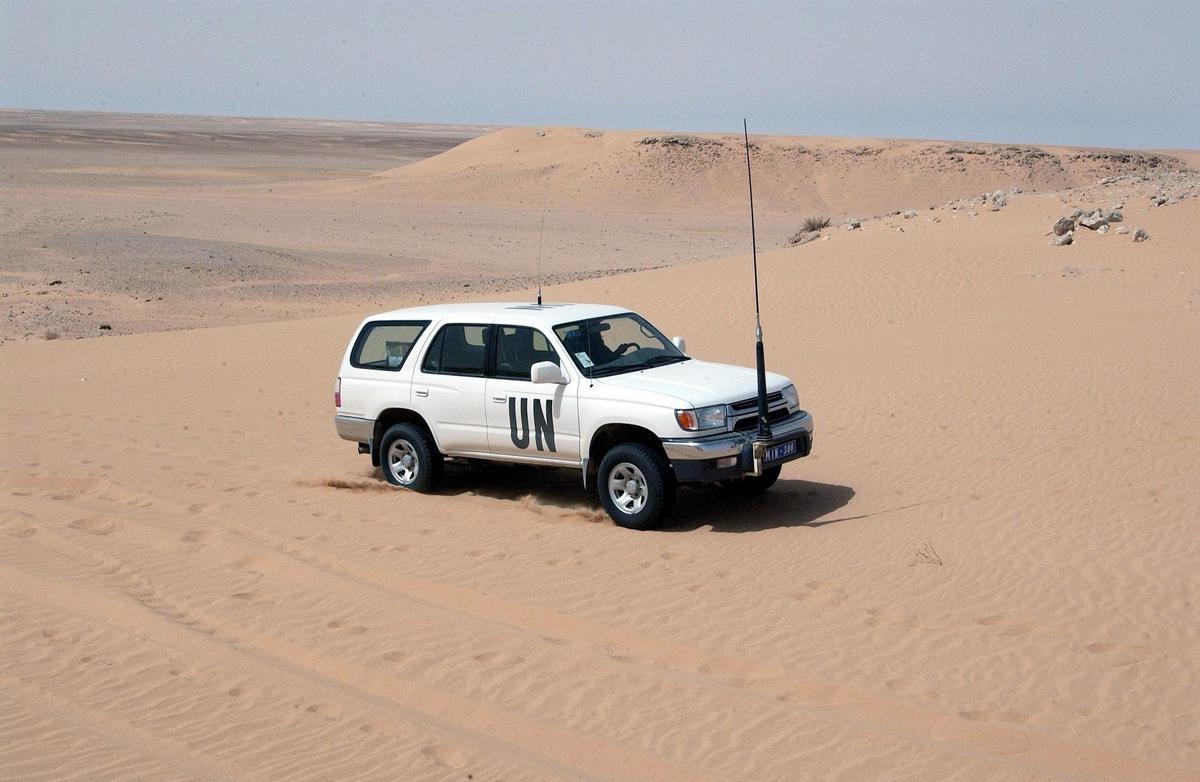

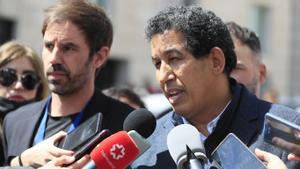
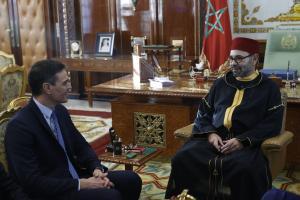
:format(jpg)/f.elconfidencial.com%2Foriginal%2Faf2%2F158%2Fb8f%2Faf2158b8fbc1b90bba9ad53a7fc9d46c.jpg)


:format(jpg)/f.elconfidencial.com%2Foriginal%2Fb1a%2Fb60%2Fd00%2Fb1ab60d00d7cdbc5ed7dce04a7eb857f.jpg)





